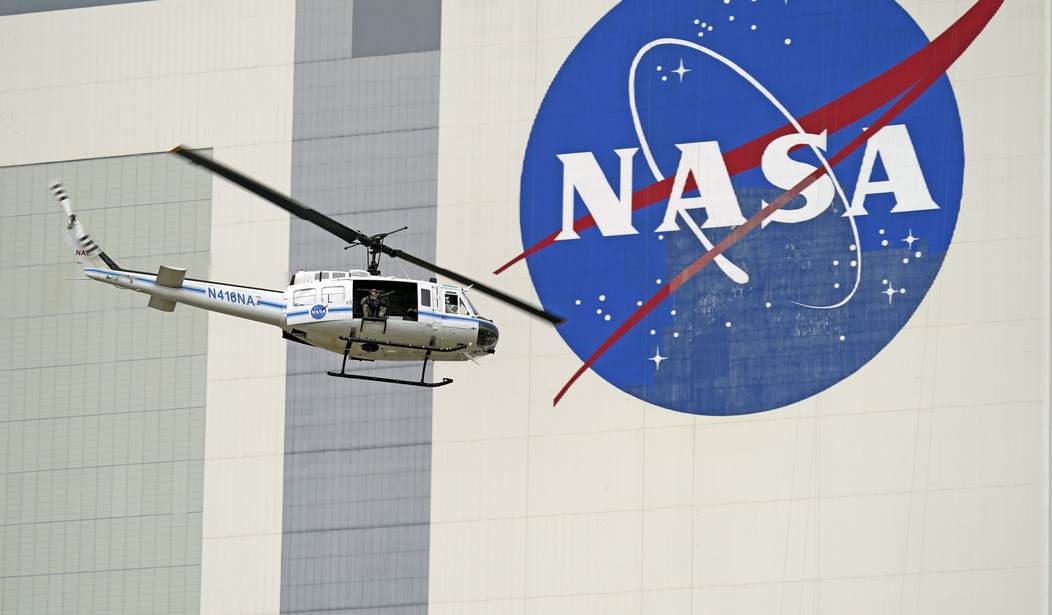Last year, we learned that NASA was getting into the UFO hunting game, to the great relief of many who take an interest in the topic. After all, if you’re looking for things that might be coming from outer space, who would be better to ask? They launched an effort to establish such a program, promising to give the public and ARRO an update after 90 days. Yesterday was the big day and NASA put on a presentation that lasted more than five hours, featuring multiple speakers from multiple sectors. So did they find ET?
Sorry to dash your hopes, but no. There was nothing like that. They provided updates to definitions of many terms that are used, categorized their efforts thus far, and noted many of the problems they have encountered, including a lack of rich, detailed data in most cases. During opening remarks, NASA’s Daniel Evans also reported that members of the team have been the subjects of harassment and even threats from the public. (The Debrief)
During opening remarks at Wednesday’s event, Daniel Evans, assistant deputy associate administrator for research with NASA’s Science Mission Directorate, said that the team updated its terminology to convey that UAP represented all-domain “anomalous” phenomena rather than merely aerial observations. However, Evans clarified that most of the data NASA has currently evaluated as part of its independent study still involves observations of aerial phenomena.
During opening remarks, Evans also expressed his displeasure “that several of the study members “have been subjected to online abuse due to their decision to participate on this panel.” Evans added that NASA’s security team “is actively addressing this issue.”
Sean Kirkpatrick, the director of AARO, also addressed the conference. He too commented on the need for better data as well as the harassment some members of the team have been subjected to. He said that the public “wants to know now” (what’s going on with these UFOs) but that they “don’t understand the scientific method.” Kirkpatrick also reported that he had recently hosted the first “Five Eyes” meeting on the subject of UAP. He spoke with representatives from the UK, Canada, Australia, and New Zealand, which was an interesting development.
There were a few interesting moments when Kirkpatrick updated us on the number of UFO cases his office is currently investigating. (It’s more than 800.) He also mentioned the relatively small number of them that seemed to be “possibly really anomalous.” Of course, those are the ones we’re the most interested in. Those comprise roughly two or three percent of the cases, but that’s still quite a few.
But for the most part, as I already mentioned, all of the experts were focused on the data. They don’t just need more of it. They need better quality data collected using instruments that have been correctly calibrated and, wherever possible, collected from multiple angles. NASA already had mountains of photographic and video data collected from satellites, spacecraft, telescopes, and more. But going through all of it would be a daunting task, to put it mildly. Suggestions have been made to use AI to search through that trove for signs of UAP, but even that’s not easy. They would first need to “train” an AI system in terms of everything that is normally supposed to be in the skies and in space at any given time and under multiple conditions. Then you would need to task the AI with identifying something that doesn’t fit the established patterns for “normal” phenomena such as stars, satellites, meteorites, and all the rest. The number of false hits it could produce might be staggering.
As for the rest of the data we have on the existing UFO sightings being reported, Popular Science describes it as “messy.” That should go without saying. Of course the data is messy. We have tons of great data, photos, and every other type of reading about the moon. Why? Because the moon is entirely predictable and you always know where it’s going to be.
UFOs are the opposite. The nature of UAP is, pretty much by definition, that they always take you by surprise. They are captured accidentally or on the spur of the moment if they are captured at all. If we knew when and where to look to record them, they wouldn’t be unidentified.
Perhaps that will change going forward. Now that we have actual scientists collecting data using the proper type of equipment, something should turn up eventually. And then we can determine whether we’re mistaking something natural or manmade for something more exotic or if ET really is phoning home. If so, let’s hope we have some smart people waiting to take the call.
You can watch the entire conference here.








Join the conversation as a VIP Member